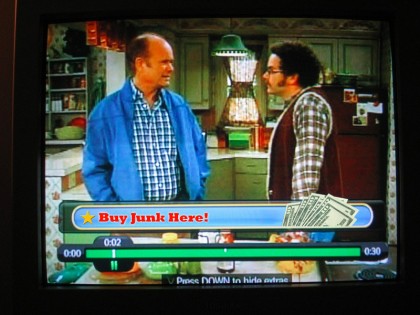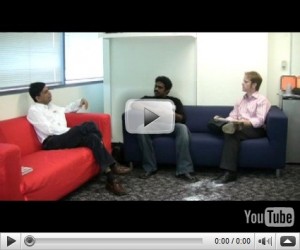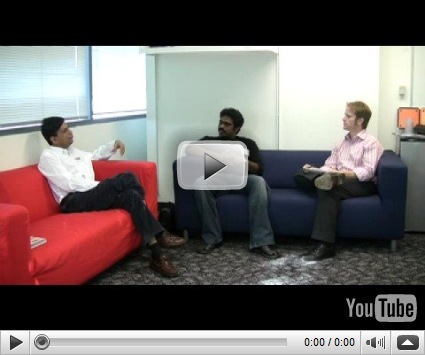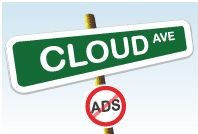Forget software: it’s all about (your) data.
Hyper-growing Financial Management system provider and Quicken / MS Money challenger Mint recently raised eyebrows announcing their plan to sell anonymized aggregate customer data. Some reviewers were screaming, we saw bombastic titles like Personal Finance Startup Mint Wants To Sell Your Money Trail – but in reality the news wasn’t earth shattering. You don’t really believe your spending patterns are not dissected – aggregated – analyzed in every possible way and sold by your bank and credit card company, do you?
So nothing new – but a good opportunity to discuss the role of user data in SaaS business models – and there is more than outright sale of data.


 The most popular of 50+ (!) fart applications,
The most popular of 50+ (!) fart applications, 



![Reblog this post [with Zemanta]](https://www.zoliblog.com/wp-content/uploads/HLIC/54e6a3db43b098ecbf5db09e027cb1c1.png)




 I don’t claim to be an expert economist, so
I don’t claim to be an expert economist, so ![Reblog this post [with Zemanta]](https://www.zoliblog.com/wp-content/uploads/HLIC/1e888c58c2f8097a76d183db620f05dd.png)
 (OK, I sinned. Mea Culpa. I’ve just cross-posted an entire article, which is not the best behavior. But it’s not every day that I
(OK, I sinned. Mea Culpa. I’ve just cross-posted an entire article, which is not the best behavior. But it’s not every day that I  )
) P.S. The CloudAve platform is not exactly in nice order yet. It’s work-in-progress.
P.S. The CloudAve platform is not exactly in nice order yet. It’s work-in-progress. 
Recent Comments